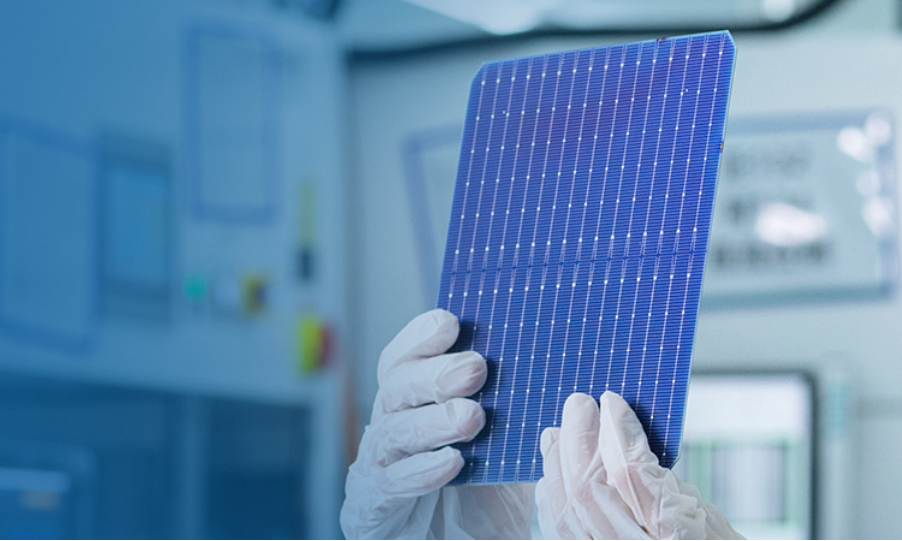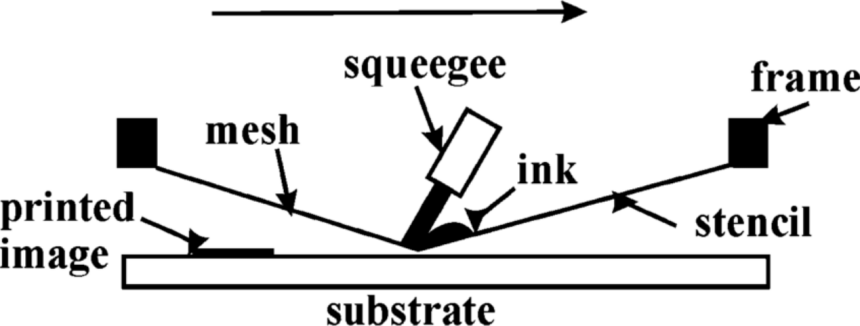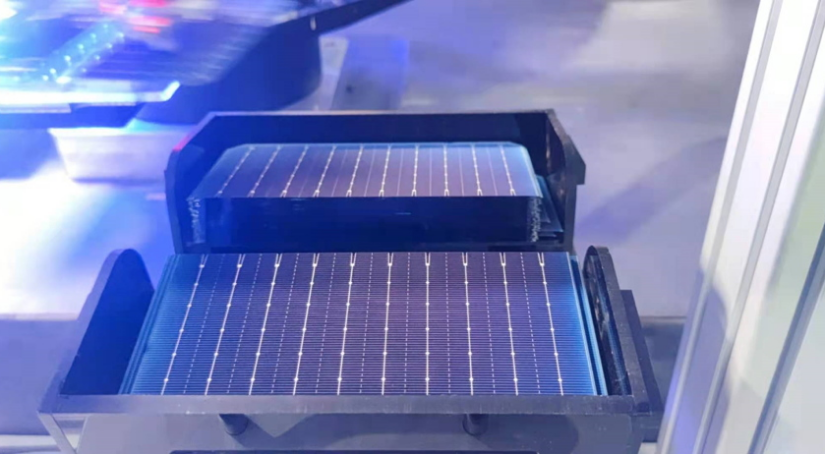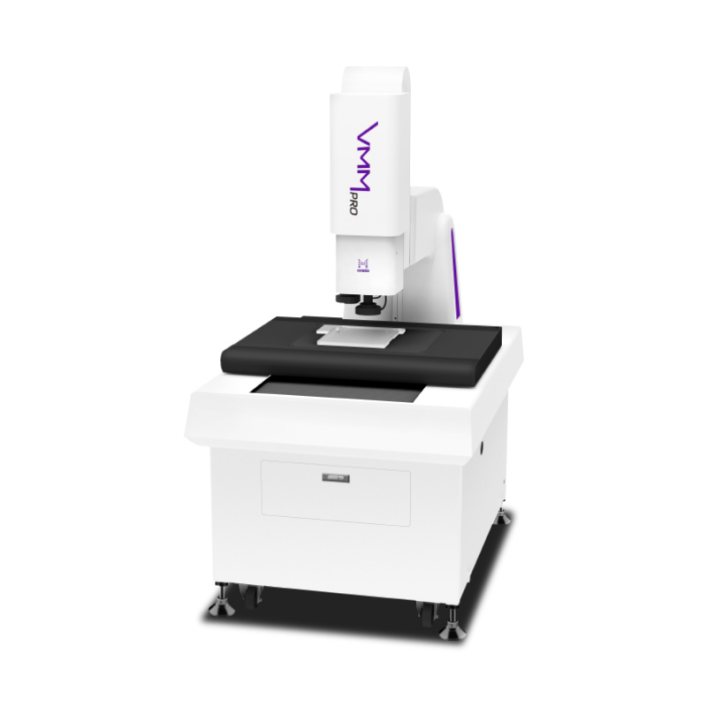
Quantum Efficiency Tester
PL/EL Integrated System
PV-Reflectumeter
3D Confocal Microscope
In-Line Four Point Probe Tester
Four Point Probe Tester
In-Line Thin Film Thickness Tester
Raman Spectrometer
FTIR Spectrometer
Spectrophotometer
Automatic Spectroscopic Ellipsometer
Contact Resistance Tester
Ultra depth of field 3D microscope
Auto Visual Tester
VMM PV Vision Measuring Machine
Solar Cell Horizontal Tensile Tester
Steady State Solar Simulator for Solar Cell
Solar Cell UV Aging Test Chamber
Solar Cell Comprehensive Tensile Tester
Visual Inspection Tester
Wet Leakage Current Tester
PV Module EL Tester
PV Module UV Preconditioning Chamber
Steady State Solar Simulator for PV Module
Current Continuous Monitor
Potential Induced Degradation Test
Bypass Diode Tester
LeTID Test System
Reverse Current Overload Tester
Impulse Voltage Tester
Hipot Insulation Tester
Ground Continuity Tester
Hipot Insulation Ground Tester
Damp Heat Test Chamber
Humidity Freeze Test
Thermal Cycle Test Chamber
Dynamic Mechanical Load Tester
Static Mechanical Load Tester
Hail Impact Tester
Robustness of Termination Tester
Module Breakage Tester
Cut Susceptibility Tester
Peel Shear Strength Tester
Universal Testing Machine (Single-arm)
Universal Testing Machine (Double-arm)
Glass Transmittance Tester
Acetic Acid Test Chamber
EVA Degree of Crosslinking Test System
Junction Box Comprehensive Tester
Drop ball tester
Semi-automatic scanning four-probe tester
Stylus Profilometer
Maximum Power Point Tracker
Perovskite Glass Transmittance Tester
Perovskite P1 Laser Scribing Multifunctional Testing Machine
Perovskite Online PL Tester
Perovskite Online Sheet Resistance Tester
Online Perovskite Film Thickness Tester
Perovskite Process Inspection Workstation
Portable IV Curve Tester
Portable EL Tester
Portable Thermal Imaging Tester
Solar Module Multi-Channel Testing System
PV Inverter Power Quality Tester
Drone EL Tester
IV Tester
IVEL Cell Sorting Machine
Effect of Screen Printing Process of Crystalline Silicon Solar Cells
Date : 2023-11-14Views : 115
In the production process of crystalline silicon solar cells, the impact of the screen printing process on their surface characteristics and performance is usually very direct and critical. Therefore, in order to understand the impact of screen printing on the surface characteristics and performance of solar cells, and to scientifically characterize the grid line parameters and solar cell performance after printing, Solar cell manufacturers often use sophisticated testing equipment to carry out targeted testing. Automatic Image Measuring Instrument produced by Millennial Solar, this equipment can characterize screen-printed grid lines through fast and accurate sub-pixel measurement functions, and can also use exclusive metal coverage measurement to conduct extensive testing of the photoelectric performance of crystalline silicon solar cells. With its many advantages, it helps photovoltaic enterprise users indirectly improve the quality of screen printing processes!

![]()
Basic working principles of screen printing process
Screen printing involves attaching a template with an image or pattern to a screen for printing. Typically, screen printing screens are made of nylon, polyester, silk or metal mesh. When the substrate is placed directly under the screen printing screen with the template, the screen printing ink or paint passes through the mesh in the middle of the screen printing screen under the squeeze of the scraper and is printed on the substrate. The template on the screen printing screen seals part of the screen holes so that the paint cannot pass through the screen printing screen, but only the image part can pass through, so only the image part is imprinted on the substrate. In other words, screen printing actually uses ink to penetrate through the printing plate to print.

Screen printing process schematic diagram
![]()
Effect of screen printing on surface morphology of crystalline silicon solar cells
The screen printing process will affect the surface morphology of crystalline silicon solar cells, including the thickness, width, spacing, and shape of the electrodes. These parameters will affect the optical properties of solar cells, such as reflectivity, transmittance, absorptivity, etc., and thus affect the photoelectric conversion rate of solar cells. Normally, the smaller the thickness and width of the electrodes, the larger the spacing, and the more regular the shape, the better the optical performance of the solar cell will be, because this can effectively reduce the blocking and reflection of incident light by the electrodes, and increase the effective absorption area of crystalline silicon.

![]()
Effect of screen printing on optical properties of crystalline silicon solar cells
The screen printing process will affect the electrical properties of crystalline silicon solar cells, such as electrode resistance, contact resistance, series resistance, distributed resistance, etc. Parameters such as the resistance, contact resistance, series resistance, and distributed resistance of the solar cell will affect the current, voltage, power and other output characteristics of the solar cell, thereby affecting the photoelectric conversion rate of the solar cell. Generally speaking, the smaller the resistance of the electrode, the smaller the contact resistance, the smaller the series resistance, the more uniform the distributed resistance, and the better the electrical performance of the solar cell. Because this can reduce the electrode's obstruction and loss of current and increase the effective output power of the solar cell. From this perspective, the screen printing process has an important impact on the optical performance of crystalline silicon solar cells.
![]()
Automatic Image Measuring Instrument——Scientific evaluation of screen printing process quality
Due to the impact of the screen printing process on the surface morphology and electrical properties of crystalline silicon solar cells, there is no scientific data to intuitively evaluate changes in performance after the cells are affected by screen printing. Therefore, Millennial Solar produced the Automatic Image Measuring Instrument, which can detect the busbars and grid lines formed after the screen printing process through its own unique high-precision detection technology that is rarely found in other such equipment. This helps photovoltaic enterprise users improve the screen printing process through measurement.

E-mail: market@millennialsolar.cn
Automatic Image Measuring Instrument VMM Pro is used to detect the image and 2D plane of photovoltaic screens, as well as photovoltaic cell grid line width, spacing, printing effects, etc. The equipment is equipped with a measurement system based on a high-resolution camera, can quickly and accurately measure various parts.
VMM Pro is installed with a variety of lighting and can provide a variety of lighting combinations to meet different lighting needs. Help photovoltaic manufacturers improve screen printing processes and increase production rates.
● Use LED light source to achieve various lighting combinations
● Sub-pixel measurement function, focus repeatability can reach 0.002mm~0.003mm
● Using LED optical system, display resolution can reach 0.0001mm
● Provide one-click data visualization function software
Production and testing are indispensable. The screen printing process must be evaluated through quality testing of solar cells. Otherwise, various problems will occur when the solar cells are put into use after production. Millennial Solar has developed the Automatic Image Measuring Instrument for this purpose. This equipment can evaluate the performance of solar cells by measuring the width, height, upper and lower PT values, left and right PT values of photovoltaic grids and other parameters, thus helping solar cell manufacturers to improve the production of solar cells !

































































